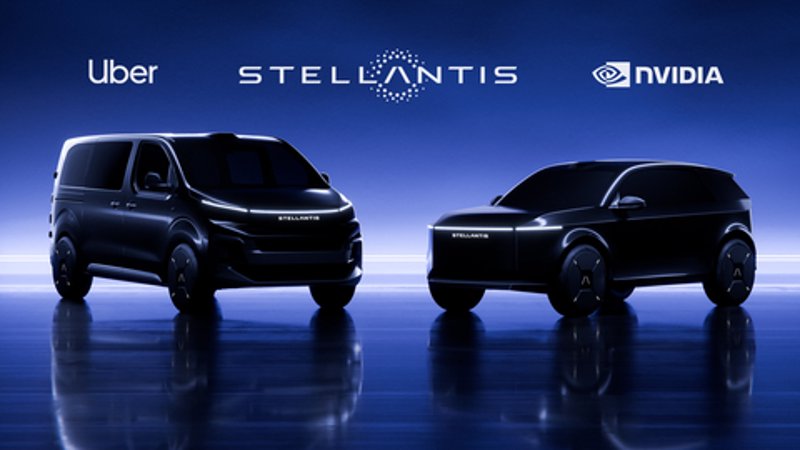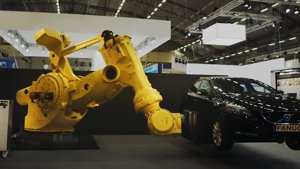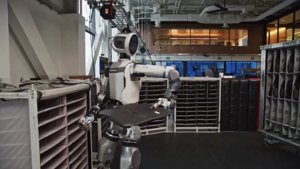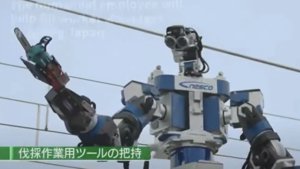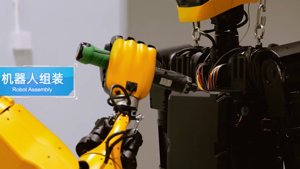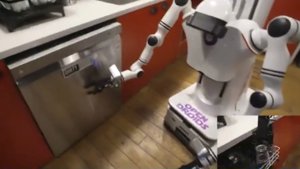In a move that practically shouts “the future has finally found its business trousers,” NVIDIA and Uber announced a partnership at GTC Washington D.C. to unleash one of the planet’s most expansive Level 4 autonomous vehicle networks. The ambitious plan involves ramping up to 100,000 robotaxis and autonomous delivery vehicles, with the initial deployment earmarked for 2027. To get the wheels turning, automotive giant Stellantis is lined up to supply the first 5,000 L4-capable vehicles for Uber’s robotaxi fleet.
The mastermind behind this colossal undertaking will be NVIDIA’s DRIVE AGX Hyperion 10 platform, a production-grade reference architecture, engineered to transform virtually any vehicle into an L4 autonomous marvel. This isn’t just a souped-up cruise control system on steroids; the platform is built around two DRIVE AGX Thor SoCs based on the Blackwell architecture, processing a torrent of real-time data from a sensor suite including 14 cameras, nine radars, and one lidar. This gives vehicles the computational heft to handle complex urban driving without a human minder, fusing sensor data to navigate the unfathomable chaos of urban jungles. Uber’s master plan is to create a single, unified ride-hailing network where your car might be driven by a human or a silicon brain boasting more teraflops than you could shake a stick at.
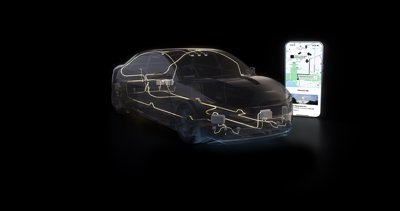
This isn’t just an exclusive members’ club. The partnership extends across a growing ecosystem, with Lucid and Mercedes-Benz also tapping into the DRIVE Hyperion platform to fuel their own L4 aspirations. The autonomous trucking sector is also muscling in on the action, with companies like Aurora, Volvo Autonomous Solutions, and Waabi developing L4 trucks on NVIDIA’s hardware. To sustain the insatiable appetite of the AI models required for this scale, NVIDIA and Uber are also developing a joint “data factory” using the NVIDIA Cosmos platform to process the millions upon millions of hours of driving data needed for training and validation.
Why This Is Important
This partnership marks a pivotal shift from disparate, localised autonomous vehicle trials to a unified charge towards mass-scale industrialisation. By combining a standardised, high-performance computing platform (NVIDIA) with a massive global mobility network (Uber) and a legacy automotive manufacturer (Stellantis), the jigsaw pieces are finally falling into place for the widespread commercialisation of robotaxis. It suggests the industry is sailing past the “is it even possible?” conundrum and into the far trickier “how do we make this profitable and scalable?” existential quandary. For cities, commuters, and a legion of human drivers, the robotaxi revolution—or reckoning, depending on your point of view—just got a rather concrete date on the calendar.
